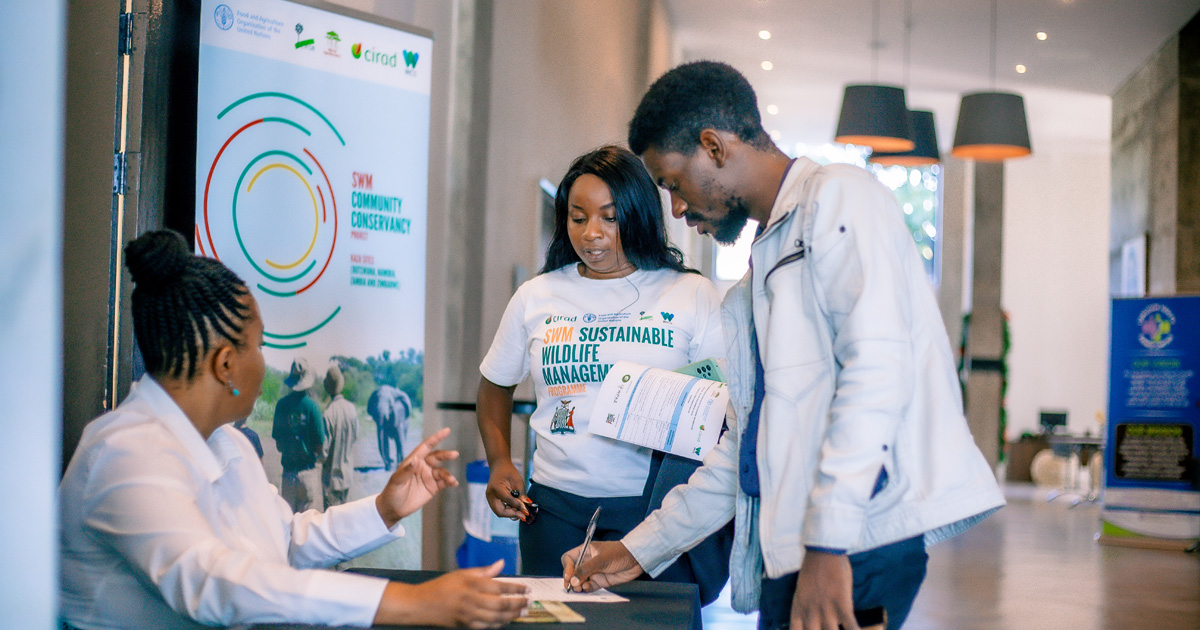Key messages
- In 2016, the Center for International Forestry Research (CIFOR) and the Secretariat of the Convention on International Trade in Endangered Species of Wild Fauna and Flora (CITES) developed a handbook to guide parties in the rapid evaluation of bushmeat trade across their borders, to rapidly assess the impacts on local livelihoods of CITES regulations for bushmeat species, and to identify relevant mitigation measures.
- Between January and June 2016, CIFOR, in coordination with the CITES focal points for Colombia, applied the handbook to Colombia. This involved a systematic review of available literature; consultations with national and regional authorities; semi-structured interviews with experts; field visits; and regional workshops with stakeholders of the bushmeat trade, local authorities and experts.
- In Colombia, bushmeat trade operates across boundaries of neighboring countries, in places where geography does not allow for proper institutional control. The transboundary trade occurs in a few specific sites across four main trade routes: three of them in the Amazon and one in the Caribbean.
- The bushmeat species most commonly traded across Colombian borders are listed in the CITES Appendices: paca, agouti, peccaries and turtles; therefore, the application of CITES could generate negative impacts on the livelihoods of people who depend on this trade.
- Participants of workshops said that despite the development of alternatives, bushmeat trade will continue given the small costs of hunting compared to any other domestic meat production. Also, they pointed out that bushmeat consumption is rooted in local cultures, creating a potential barrier for any alternative activity to replace bushmeat use.
- CITES needs to differentiate transboundary trade at local scale between communities of neighboring countries (as in Colombia) from the luxury international trade occurring at larger scales (e.g. from Central Africa to Europe, or from West Africa to the United States) to measure the impacts of CITES regulations on local livelihoods.
Download:
DOI:
https://doi.org/10.17528/cifor/006201Altmetric score:
Dimensions Citation Count:
Publication year
2016
Authors
Juanita, G.; Sebastian, R.; Van Vliet, N.
Language
English
Keywords
economic impact, endangered species, game animals, game meat, international agreements, international trade, livelihoods, regulations, wild animals, wildlife conservation, systematic reviews, bushmeat
Geographic
Colombia
























